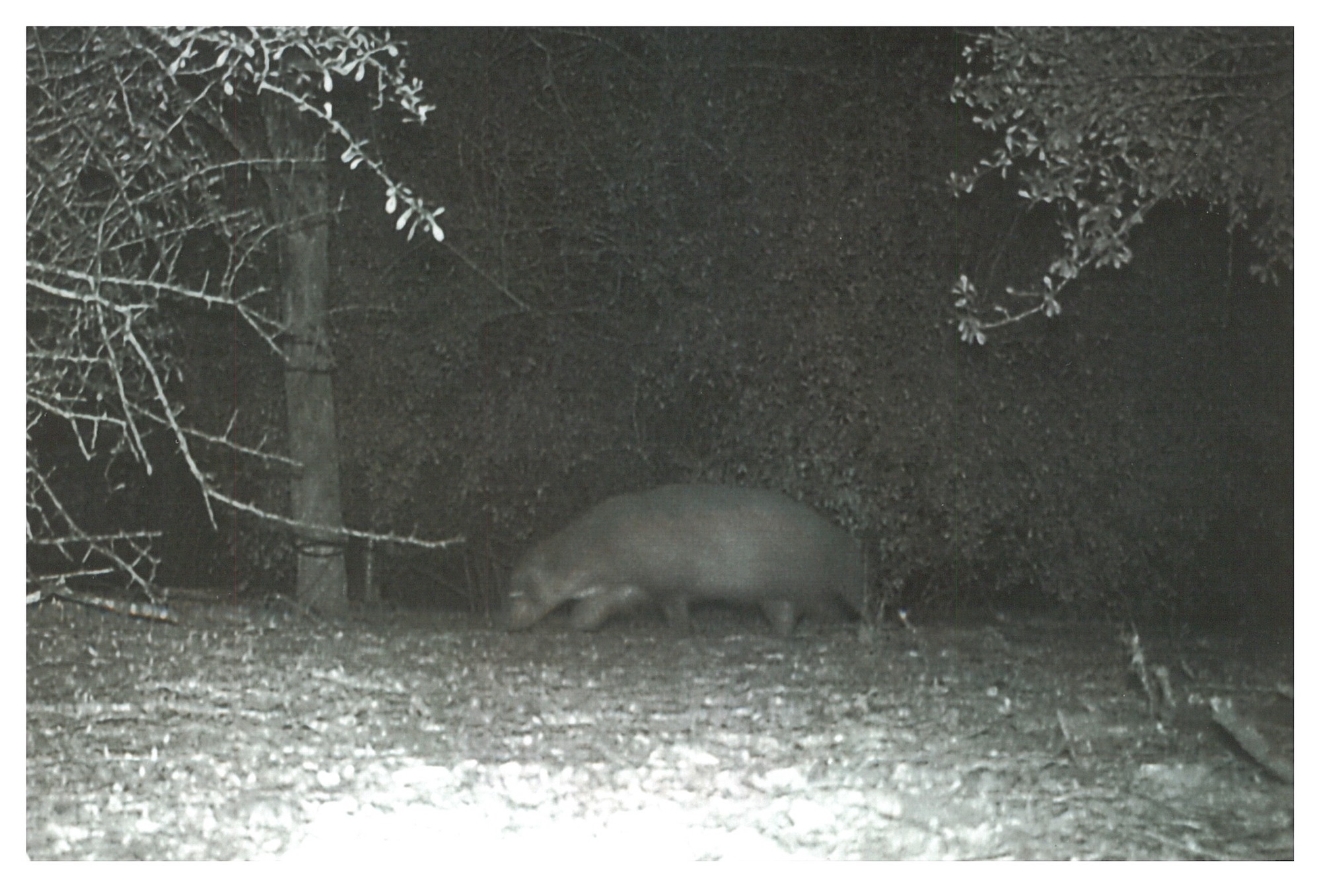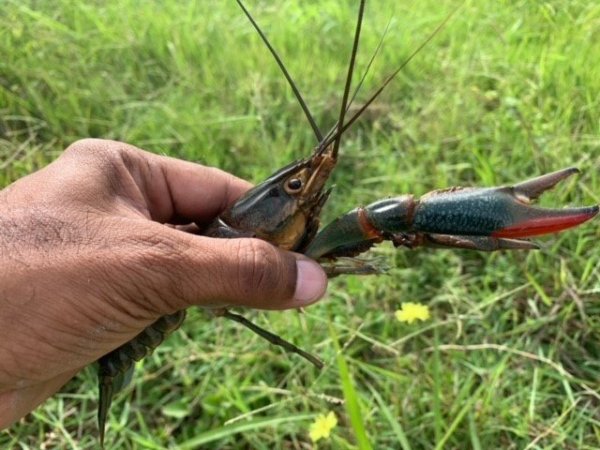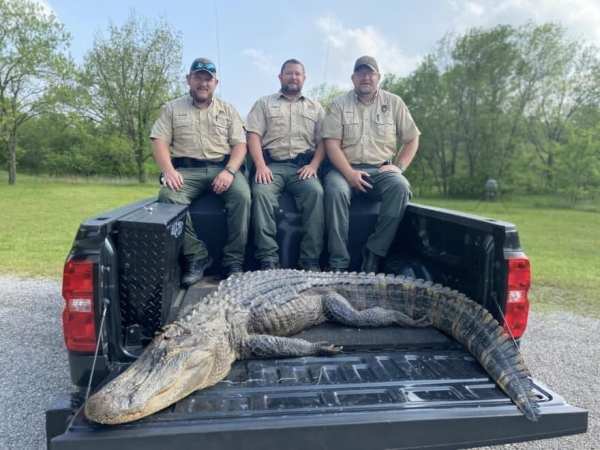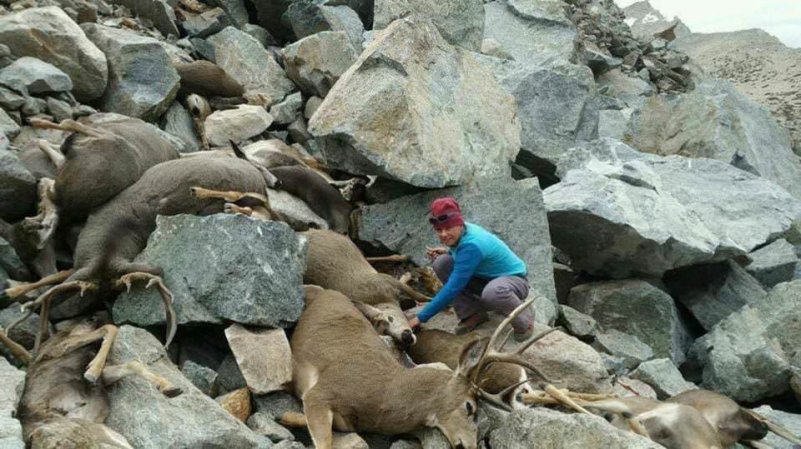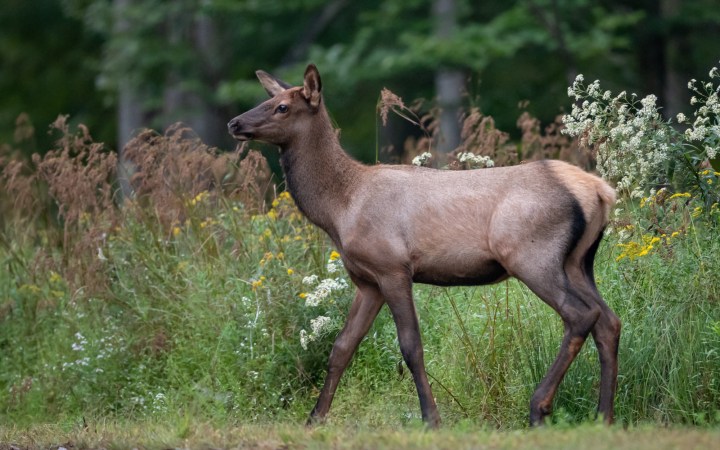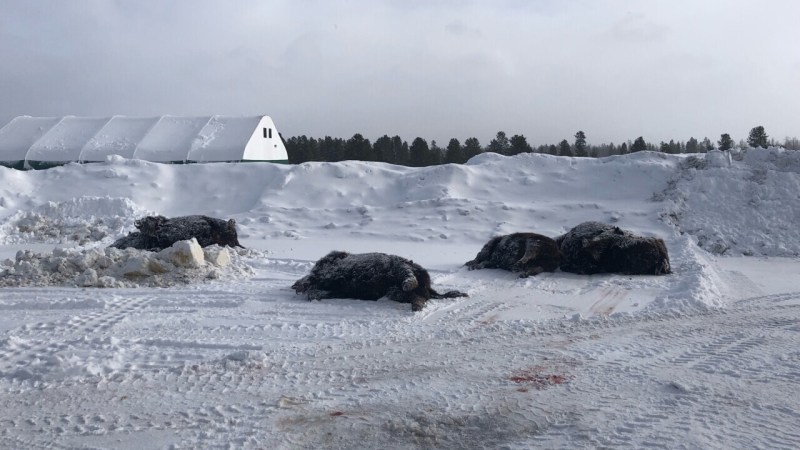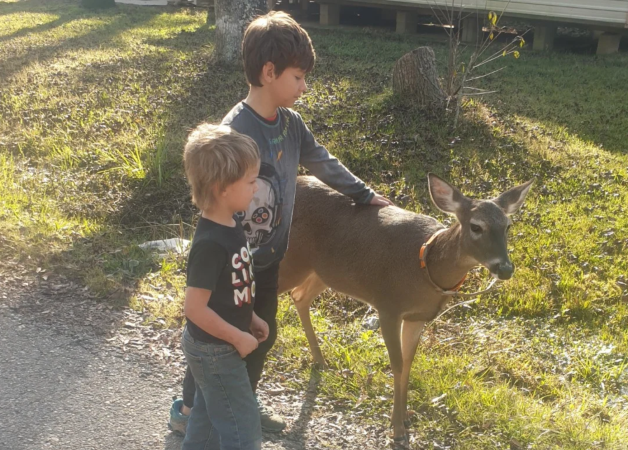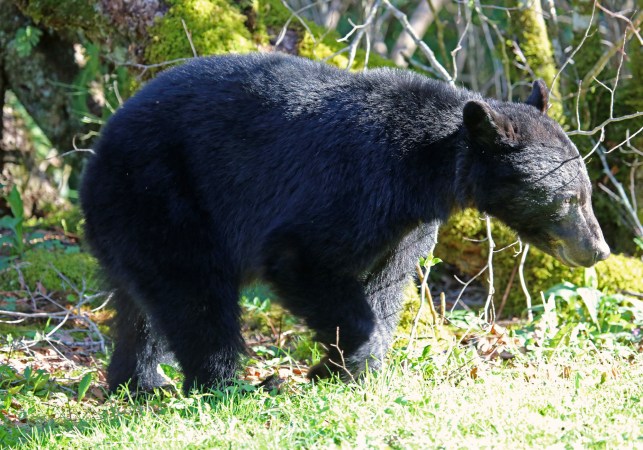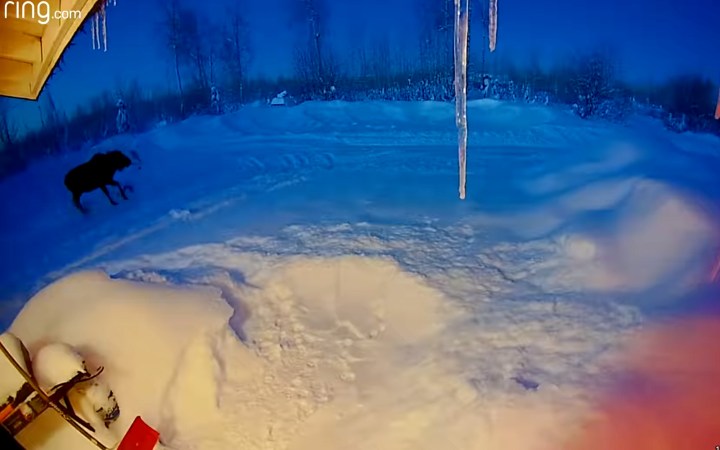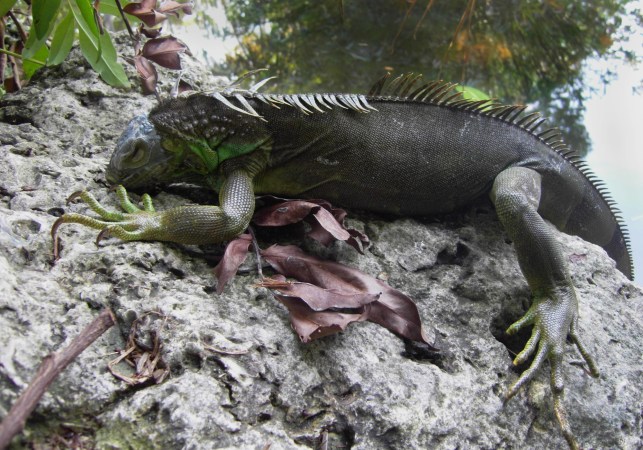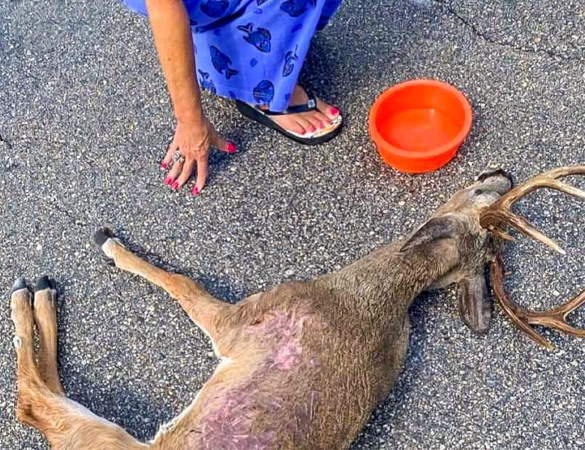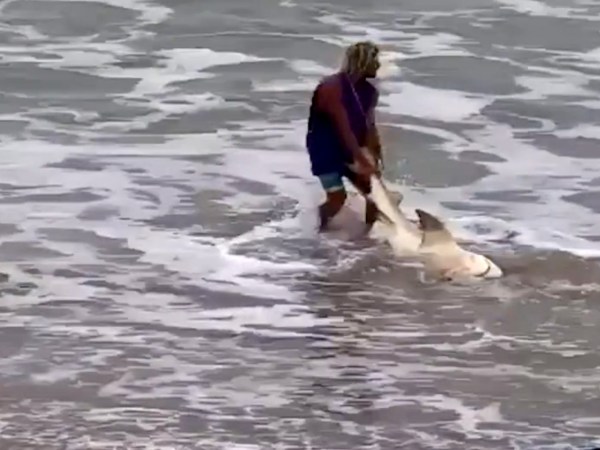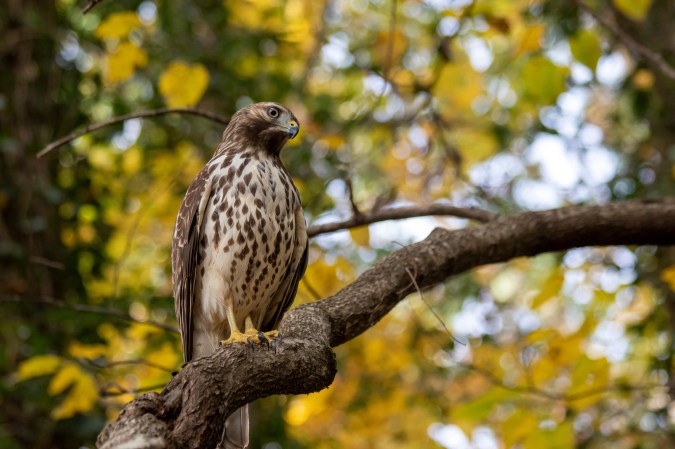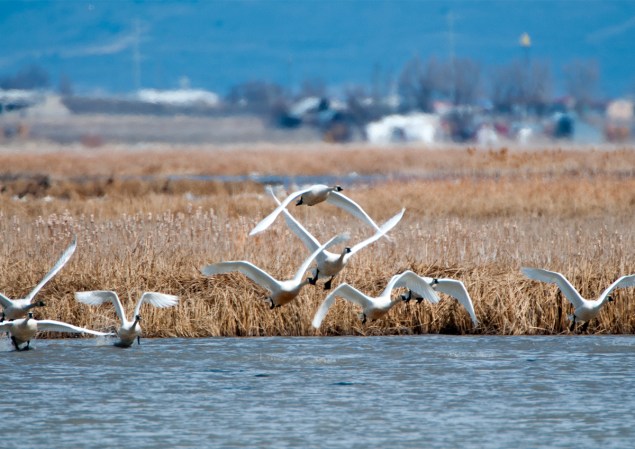Wildlife officials in South Texas want to assure the public that a mystery critter photographed in the Rio Grande Valley was definitely not a Chupacabra. They’re pretty confident it wasn’t a black bear, a jaguarundi, a coatimundi, or a javelina, either.
To be fair, officials with the Texas Parks and Wildlife Department can’t positively identify the mysterious animal in the trail cam photograph that was shared on social media last week. TPWD spokesperson Stephanie Garcia says that because the animal was photographed years ago somewhere in either Hidalgo or Cameron County, it’s impossible to identify it with 100 percent certainty. The blurry trail cam photo was also taken at night, which makes identifying the species even more difficult. However, Garcia says they’re pretty sure it was just a badger.
“The staff at Bentsen [State Park] said in the Facebook post that it’s most likely a badger. But honestly, we’ll never know,” Garcia tells Outdoor Life. “The image was actually taken about four years ago, and it wasn’t taken at the park.”
The wildlife I.D. mystery is rooted in a Facebook post shared on the Bentsen-Rio Grande Valley State Park page on April 6. At first, state park officials offered more questions than answers regarding the “mystery animal” that was photographed on private land somewhere in the Rio Grande Valley—a region spanning the Texas-Mexico border in the southernmost tip of the state.
“We’re scratching our heads trying to identify this elusive creature,” reads the April 6 Facebook post. “Is it a new species? An escapee from a nearby zoo? Or just a park ranger in disguise?”
The post generated plenty of local news coverage, along with a torrent of comments from Facebook users. Of the thousand-plus comments that were received as of April 10, most were educated guesses about the animal’s identity. Some speculated that it was a capybara, a large rodent native to South America. Other, more “innovative” hypotheses included wolverine, Andean bear, raccoon-possum hybrid, and, of course, the notorious Chupacabra—a mythical, red-eyed monster that drinks goat blood and terrorizes rural communities throughout Latin America, according to legend.
Read Next: Wolverine Spotted in Western Oregon for the First Time in Over 30 Years
But it was the least exciting and most popular guess that turned out to be the most likely answer: American badger.
“We agree with most of the comments this is very likely an American badger,” state park officials explained in an update to the post. They clarified that the southernmost tip of Texas is well within the species’ native range, even though badgers are rarely seen there because of their nocturnal tendencies.
Badgers in Texas
“[Badgers] are most common in portions of West and South Texas,” TPWD explains on its website, ”although they occasionally are sighted in the eastern part of the state.”
The agency describes the American badger as “robust and stocky animal” that “has a comical walk since it has to swagger or waddle because of its short legs and broad body.”
Badgers are known for their ability to dig faster than any other mammal, “including a man with a shovel,” TPWD explains. They’re typically found in open prairies and plains, where they hunt for rabbits, prairie dogs, pocket gophers, and other small mammals. They also eat small reptiles, insects, birds, and occasionally carrion.
“Badgers have few natural predators other than humans,” reads a description from The Mammals of Texas. “They are notoriously aggressive and are ferocious fighters. Typically, they are more than a match for dogs and large carnivores. In one recorded instance, a badger successfully defended itself in a fight with two coyotes.”

